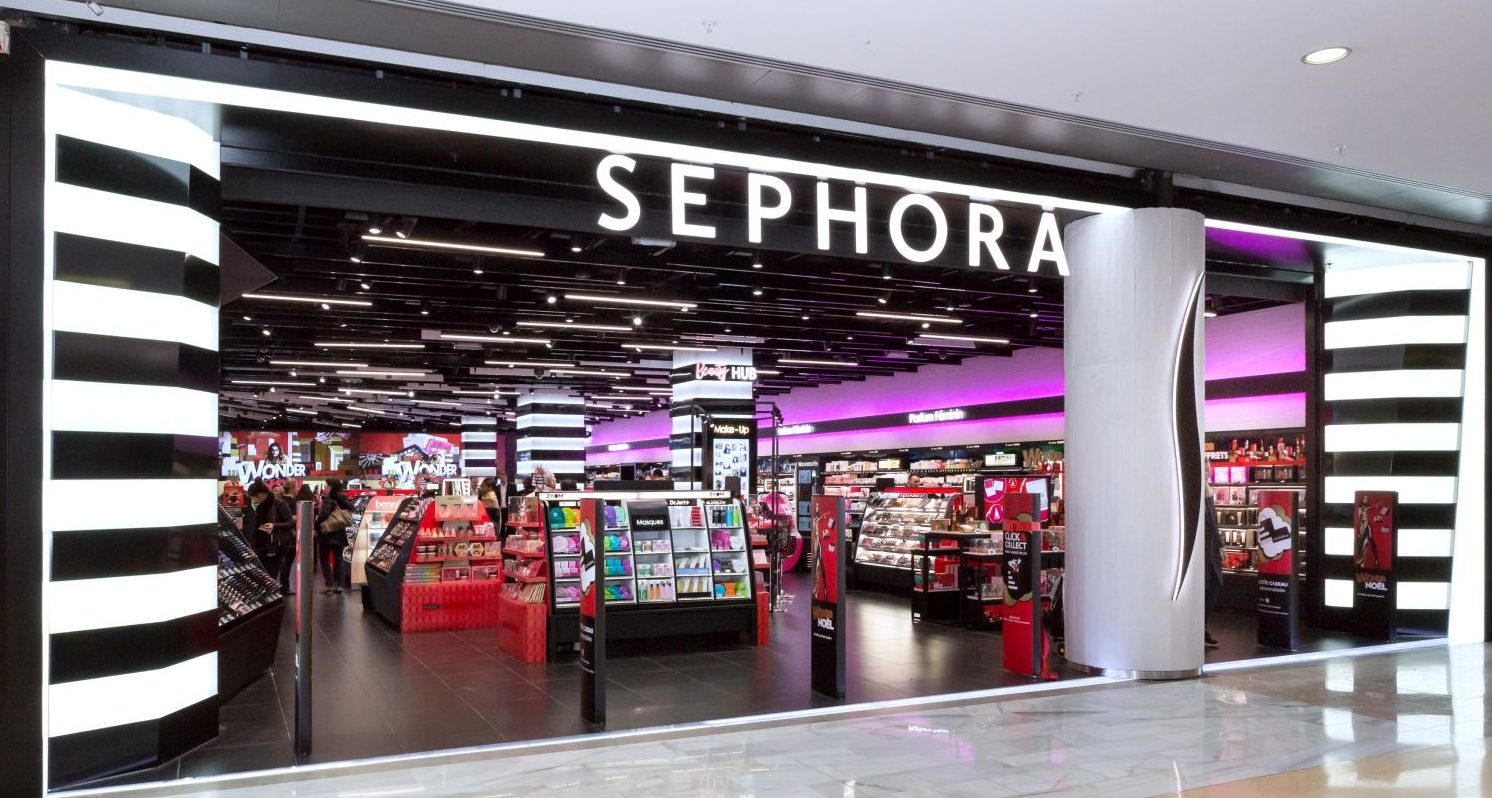Cyril Fekete, consulting partner at Artefact, and Olivier Barth, Digital Transformation Director Europe of Sephora, discuss how CRM 2.0 can help the pioneering beauty brand keep pace with a growing consumer desire for more personalised products, content and experiences.
Challenge: Helping Sephora implement CRM 2.0 to meet changing customer needs
Today’s consumers are well-informed, tech-savvy and always connected. They want engaging messaging, personalised experiences, honesty and transparency from their preferred companies. And they’ll turn instantly to the competition if they don’t get it.
This behaviour has dramatically altered the face of the customer/brand relationship, according to Cyril Fekete, who believes that CRM 2.0 strategies are the spearhead of this transformation:
“CRM 2.0 brings fundamental improvements to the game. It offers customers the chance to dialogue with a brand, rather than just receive one-way messages on their preferred channel. And thanks to AI, it enables multi-channel orchestration, so brands can communicate with customers wherever they happen to be, whether on traditional marketing contact points like social media, or new contact points – and ensures the message gets through without over- or underexposure.”
Solutions: Creating trust-based customer relationships and actionable insights
Sephora has always led the charge in the beauty universe by providing the finest product selections in the world. But they’ve also been pioneers in offering inspiring content and finding new ways to interact with customers. In an early move toward a more intuitive, two-way relationship between the company and its customers, they launched a beauty bot in 2016 to help customers find Christmas gifts for their friends.
Later, with Google Assistant, Sephora added personalised content such as beauty quizzes and enabled booking of in-store appointments.
“Services like these allow us to move away from a purely retail-based customer relationship toward a trust-based relationship with our customers”,
For Artefact, it is vital for Sephora – and indeed for any company – to reassure customers when handing over personal data.
“Brands are sometimes unjustly accused of trying to misuse data, but the aim of CRM 2.0 is to be transparent and make a sincere commitment to customers”,
“The second goal of CRM 2.0 is to give customers good reasons to trust the Sephora brand.”
More efficient data collection, mining and automation – plus revenue-driving feedback
Sephora’s strong and stable online presence helped the brand adjust to the pandemic climate within the retail industry. Customers housebound by lockdowns are hungry for virtual store experiences such as online events, new product launches and brand consultations.
Sephora was able to offer all of that and more, thanks to the transition to CRM 2.0.
“The final element in Sephora’s customer relationship today is technology”,
“There are three key elements: CRM, which is the repository for transactional and declarative data; the DMP, which is a tool for collecting behavioural, navigational and first party data; and data mining/data enrichment and automation. Together, they form an ecosystem that enables delivery of the right uses at the right level of investment.”
Sephora set up management systems to collect and qualify customer feedback after each purchase. This feedback is then passed on to store teams so they can implement operational action plans to constantly improve the customer experience.
“The interesting thing about working with Artefact is that we can get a global vision of the customer journey, then dive down and create POCs – small projects to verify the value we’re looking for – before moving on to an industrialisation phase”,

 CLIENT CASES
CLIENT CASES



